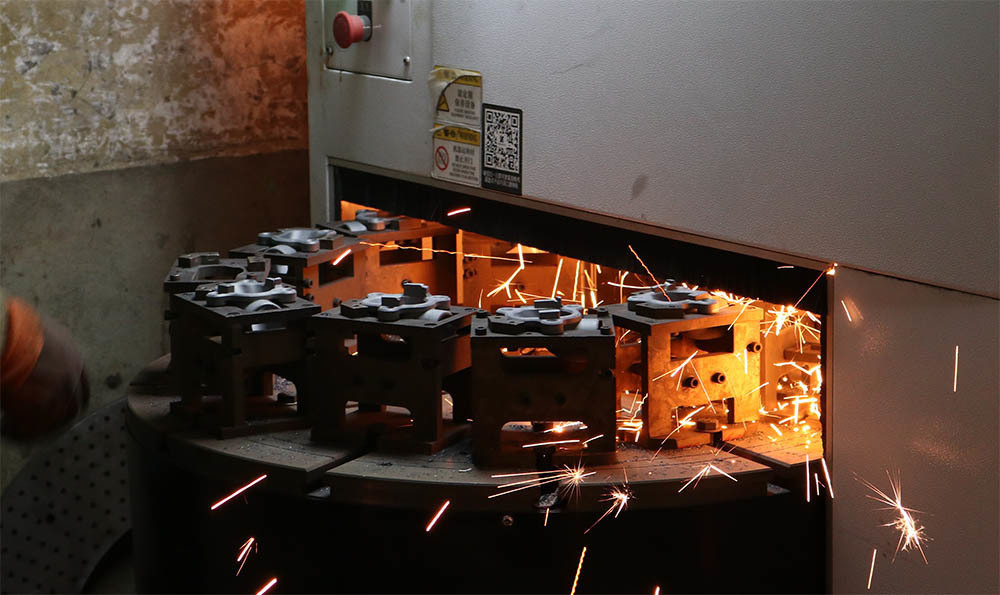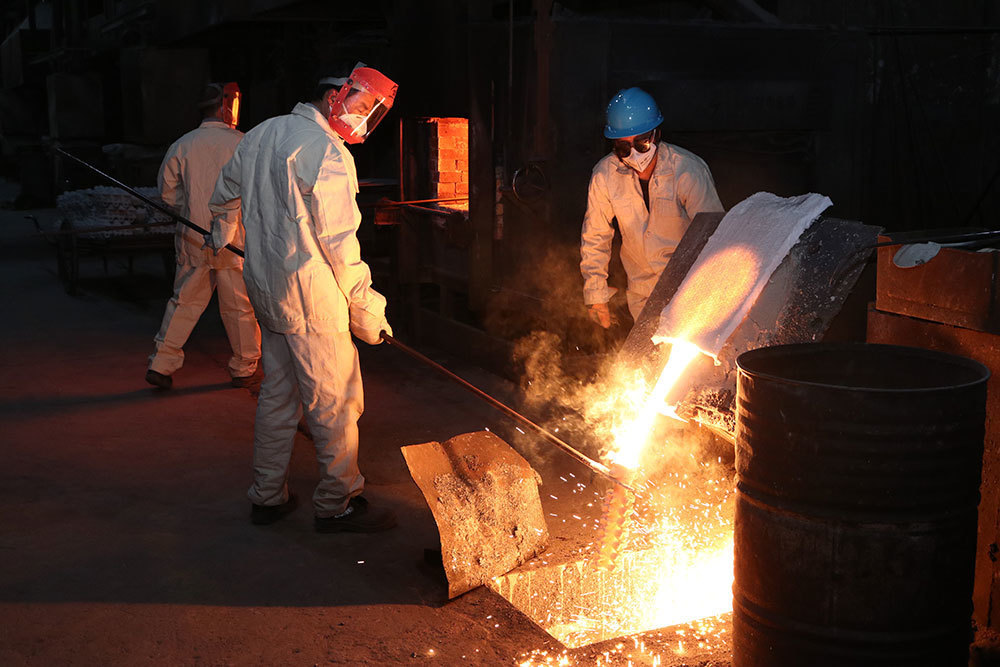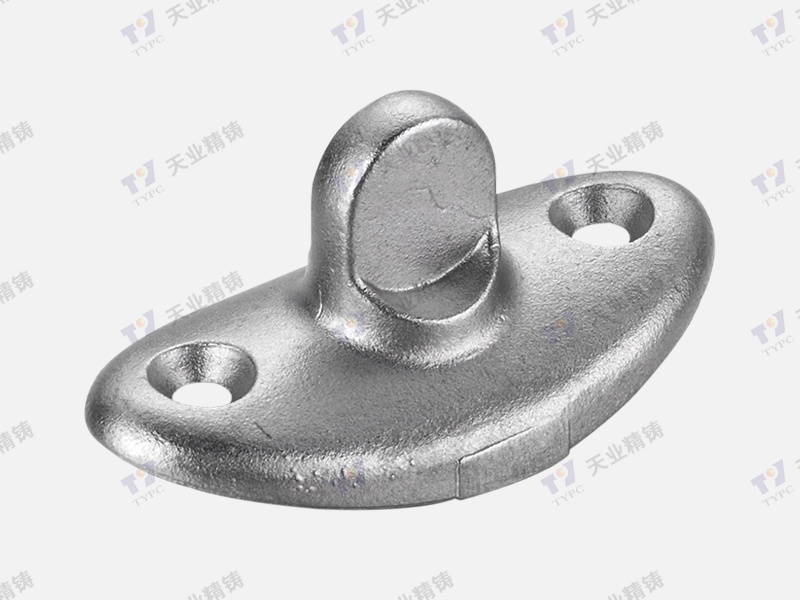2025-06-13
Revolutionizing Industrial Components: The Role of Automotive Investment Casting
Automotive investment casting is a sophisticated manufacturing process that plays a crucial role in the production of high-performance components for the automotive industry and beyond. This method is particularly valuable in the manufacturing of complex shapes and intricate designs that are often required in industrial equipment and general parts. Unlike traditional methods, investment casting allows for greater design flexibility and precision, resulting in components that are not only strong but also lightweight.
The process begins with creating a wax pattern of the desired part, which is then coated with a ceramic material to form a mold. Once the mold is set, the wax is melted away, leaving a hollow cavity in the shape of the component. Molten metal is then poured into this cavity, allowing for the formation of the part. This method is ideal for producing complex geometries that would be challenging to achieve through machining or other manufacturing techniques.
One of the most significant advantages of automotive investment casting is the ability to produce components with a high level of dimensional accuracy. This precision is crucial in the automotive industry, where even small deviations can lead to performance issues. The process allows for tighter tolerances, resulting in parts that fit together perfectly, enhancing overall efficiency and reliability.
Moreover, automotive investment casting is known for its excellent surface finish. The ceramic molds used in the casting process provide a smooth surface that often requires minimal machining, reducing production time and costs. This can be particularly beneficial in the industrial equipment sector, where the demand for high-quality components is ever-increasing.
Another noteworthy benefit of investment casting is its ability to work with a wide range of metals and alloys. This versatility allows manufacturers to select materials based on specific performance requirements, such as strength, weight, and corrosion resistance. As a result, automotive investment casting is not only suitable for the automotive sector but also finds applications in various industries, including aerospace, medical devices, and industrial machinery.
In conclusion, automotive investment casting represents a significant advancement in the manufacturing of industrial components. With its precision, versatility, and ability to produce complex shapes, this process is poised to revolutionize the production of general parts across multiple sectors. As industries continue to seek innovative solutions for enhancing efficiency and performance, the role of automotive investment casting will undoubtedly become even more prominent in the years to come. Understanding these advantages can help businesses make informed decisions about their manufacturing processes and component sourcing strategies.
The process begins with creating a wax pattern of the desired part, which is then coated with a ceramic material to form a mold. Once the mold is set, the wax is melted away, leaving a hollow cavity in the shape of the component. Molten metal is then poured into this cavity, allowing for the formation of the part. This method is ideal for producing complex geometries that would be challenging to achieve through machining or other manufacturing techniques.
One of the most significant advantages of automotive investment casting is the ability to produce components with a high level of dimensional accuracy. This precision is crucial in the automotive industry, where even small deviations can lead to performance issues. The process allows for tighter tolerances, resulting in parts that fit together perfectly, enhancing overall efficiency and reliability.
Moreover, automotive investment casting is known for its excellent surface finish. The ceramic molds used in the casting process provide a smooth surface that often requires minimal machining, reducing production time and costs. This can be particularly beneficial in the industrial equipment sector, where the demand for high-quality components is ever-increasing.
Another noteworthy benefit of investment casting is its ability to work with a wide range of metals and alloys. This versatility allows manufacturers to select materials based on specific performance requirements, such as strength, weight, and corrosion resistance. As a result, automotive investment casting is not only suitable for the automotive sector but also finds applications in various industries, including aerospace, medical devices, and industrial machinery.
In conclusion, automotive investment casting represents a significant advancement in the manufacturing of industrial components. With its precision, versatility, and ability to produce complex shapes, this process is poised to revolutionize the production of general parts across multiple sectors. As industries continue to seek innovative solutions for enhancing efficiency and performance, the role of automotive investment casting will undoubtedly become even more prominent in the years to come. Understanding these advantages can help businesses make informed decisions about their manufacturing processes and component sourcing strategies.









